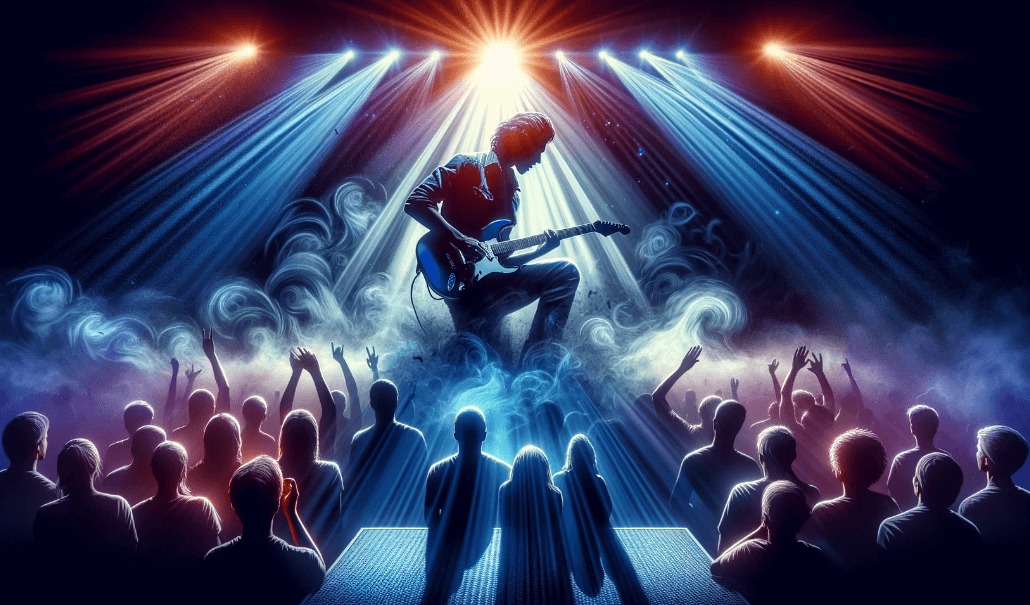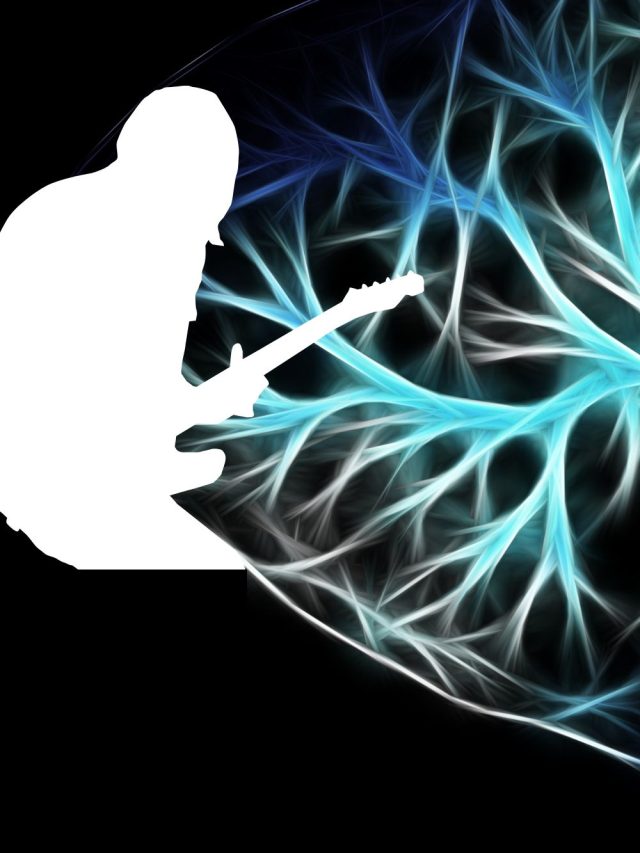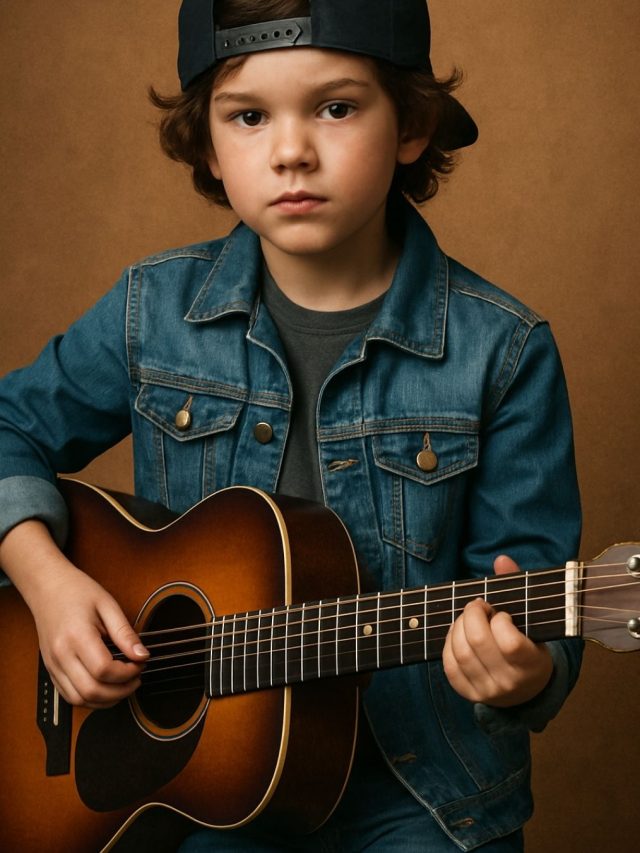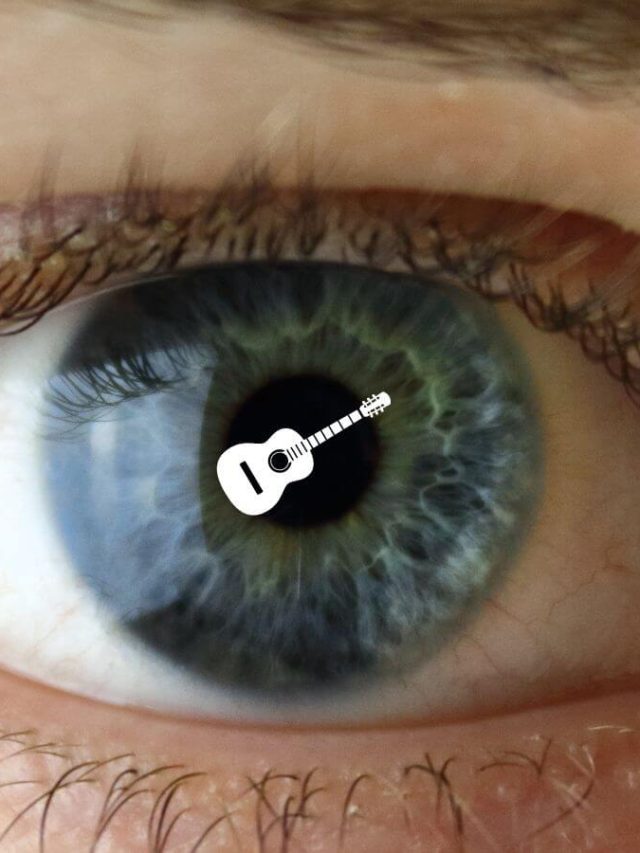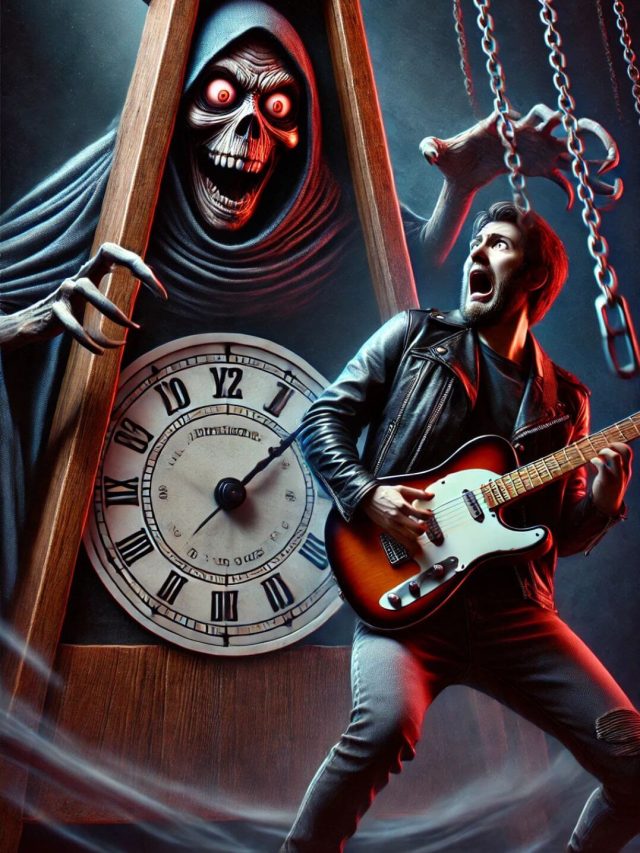Paraphrasing Shredmaster Scott[1] (a YouTube guitar entertainer and teacher) – don’t have this debilitating disease called bedroomitis. When you are on stage, don’t look like you are rehearsing in your bedroom.
Many guitarists have complained about shredders like Yngwie Malmsteen and even Tim Henson to lack feel. It feels unusual – YJM has one of the feelieset vibratos and Tim Henson has note choices that transcend all historical guitar playing. Yet, they are accused of not having feel in their playing.[2]
The reason is simple – your audience is very simple. Their impressions and judgments are formed instantly based on what they pay attention to. So, using an “attention” framework for “live guitar playing,” I propose 7 things you should do that will maximize the feel of your music, by cueing and nudging your audience to pay attention to the things that create feel.
In case it’s not clear…
Musical/Guitar feel is effectively how you emote through music, communicate it to your listener, how you attract attention, and how you vary your musical ideas in a feedback loop with your listener in a specific environment. Basic ideas like vibratos and varying fast and slow musical ideas are just vehicles for feel, but there are more vehicles.
First things first, let’s assume you’ll look a certain way as an act of self-expression and can play what you intend to play. Let’s go beyond that.
Chapters
1. Use Facial expressions
The audience’s emotions resonate with your face along with the music. The psychological word for this trick is emotional entrainment. Your expressions force the audience’s brains to use empathy to synchronize with your internal feelings[3]. Entrainment occurs when your audience’s emotional state recalibrates to align with you. This is the moment when someone is vibing with you.
2. Posture changes
Your posture as a musician changes how you play your instrument and what others feel. It becomes a feedback loop. Your posture creates a first impression. One study[4] showed that an audience could predict who would win a band competition just by looking at them without the audio. The overall feel of you present yourself on stage cues the audience to positively or negatively evaluate the rest of your show. Your posture can show tightness, anticipation, power, nerdiness, etc. Change your posture to communicate a wider body-language-based emotion in your audience’s minds. Body language, like in every other domain, is just as important on stage as your music.
3. Make Noise
Well-executed sloppiness and random noise from how your hands touch the guitar create micro-feelings in the sound. These are unexpected variations in the final sound. The stickiness of fingers sliding, the dead note, the extra string noise, the change in your picking attack because your guitar had to move a little bit, etc. All of these go into the “dynamics” of live guitar playing.
4. Vary melodies that repeat
Small variations in a melody that repeat give your listeners a melodic journey. If your audience already knows your song, you have to give them what they want, but you also have to violate their expectations a little bit to make your presence on stage interesting. One small modification somewhere can get the audience excited. Your audience will make predictions about how your music goes before you play it, especially if they are familiar with the genre and your style. If you let them be right about the expectation, you can hype the vibe. But if you occasionally violate their expectation with odd chord changes, unexpected pauses, dramatic changes, etc., the audience has more psychological and biological arousal[5] – which they interpret as “feel.”
Expectation violation = more powerful and varied emotions in the ears of the listener.
5. Vibratos and bends
Most people develop a fixed vibrato style but feel emerges from varying your vibrato in a musical context. Vibratos and bends are very muscle-memory-dependent “personality traits.” Your vibrato comes from your body’s physical attributes, like your muscles, your flexibility, your movement, and your posture with the guitar. Your choices and execution become a unique signature. But your audience has to understand that signature to get its feel. So repetiting that signature is one way. The other way is to highlight it musically, where the audience’s attention is forced to listen to it – So no interfering drums and synth. Use congruent drums, voice, bass, and synth.
Make it interesting, not boring.
6. Technical “seasoning”
Technical flourishes, polishes, sprinkles, etc., are relatively very new aspects of guitar playing. Most of the audience today is yet to get bored of it. If vibratos and bends are salt and pepper, technical seasoning like tapped notes, harmonics, pauses, mutes, etc., that come and go quickly are your rock salt, chili flakes, piripiri, bhoot jholakia, sriracha, etc.
Embellish your music. Decorate it with musical jewelry.
7. Improvise
Practice and rehearsals are great, but your listener often realizes what’s done in the moment. That makes your sound more interesting to listen to. Leave your audience with something new to experience when you go live. Be it raw passion, some new snippet of music, a new alternate solo, etc. This single moment completely alters the general experience for your listener.
In short, musical feel has 2 real components:
- Your audience’s attention and your feedback with it and your environment.
- Variation, your body’s micro and macro movements, and playing dynamics.
Your guitar playing “feel” – supposedly the most important aspect of playing – basically emerges from variation, your body’s micro and macro movements, and playing dynamics.
ShredWarrior
References
[2]: https://www.reddit.com/r/polyphia/comments/10f9gyb/people_who_hate_polyphia_for_not_having_feel_are/
[3]: https://jyx.jyu.fi/handle/123456789/41610
[4]: https://www.pnas.org/doi/full/10.1073/pnas.1221454110
[5]: https://link.springer.com/article/10.3758/s13415-013-0161-y


